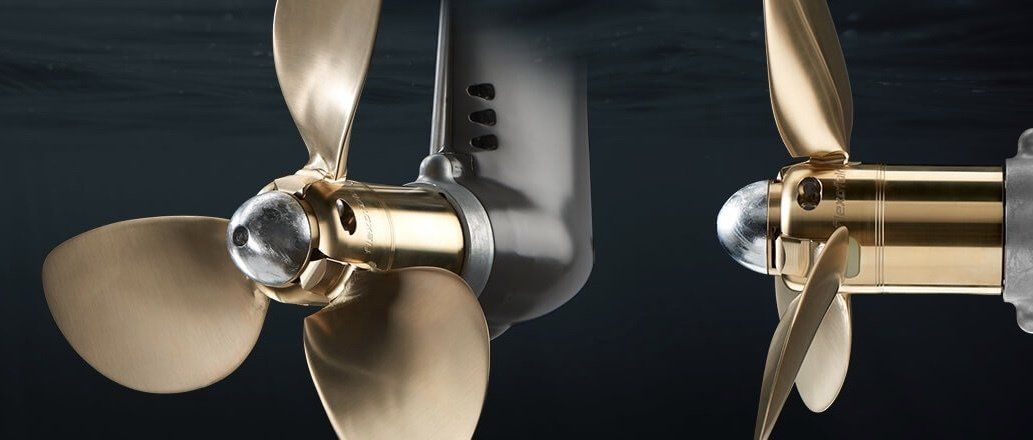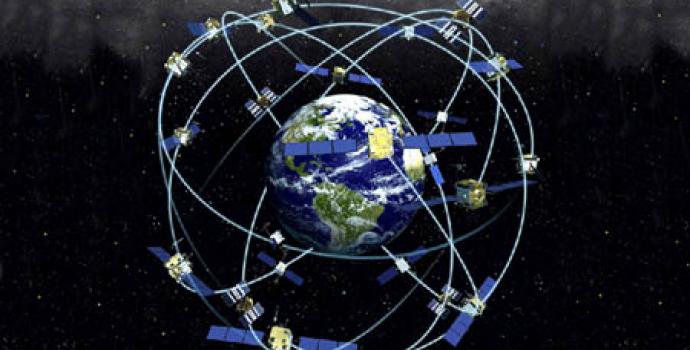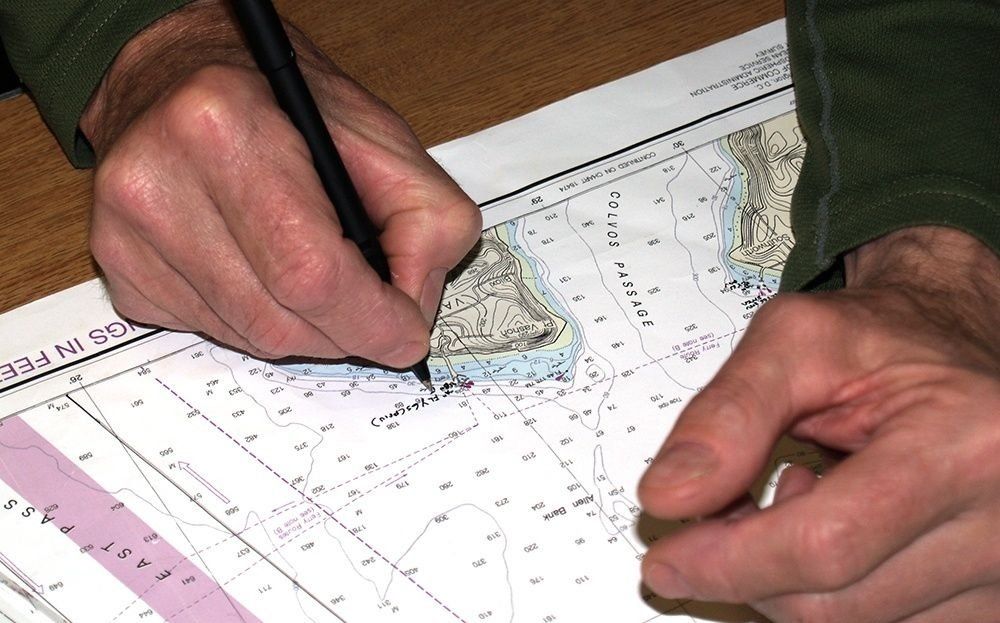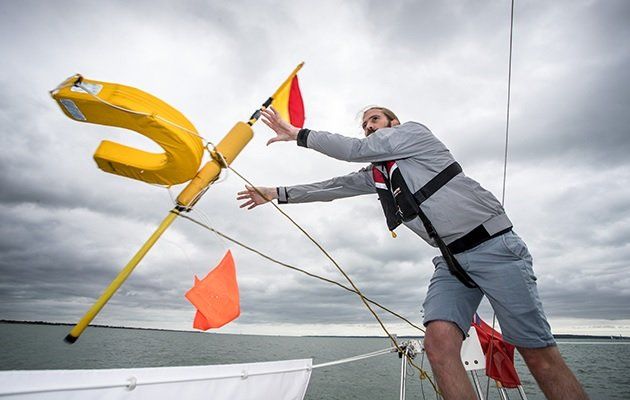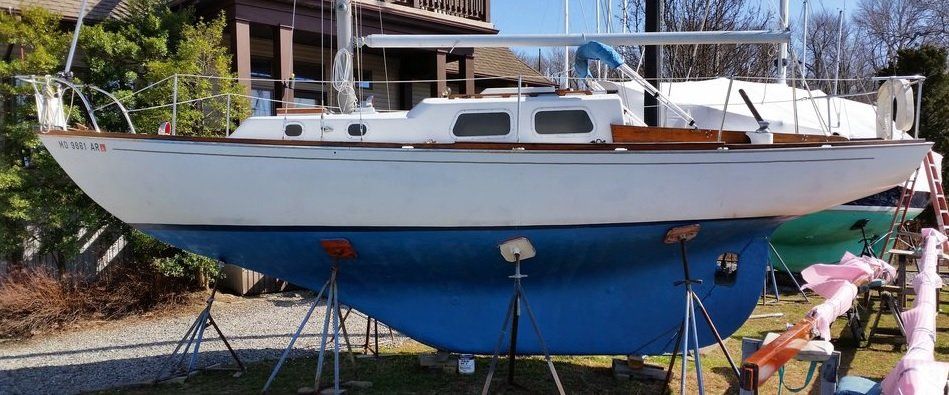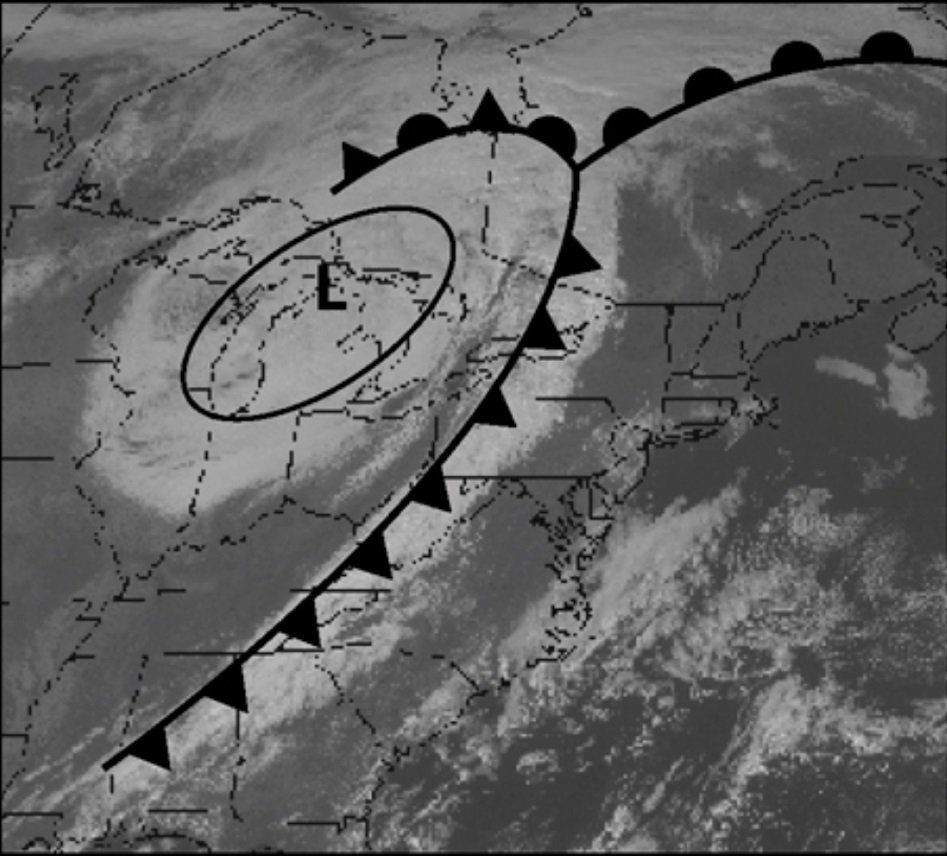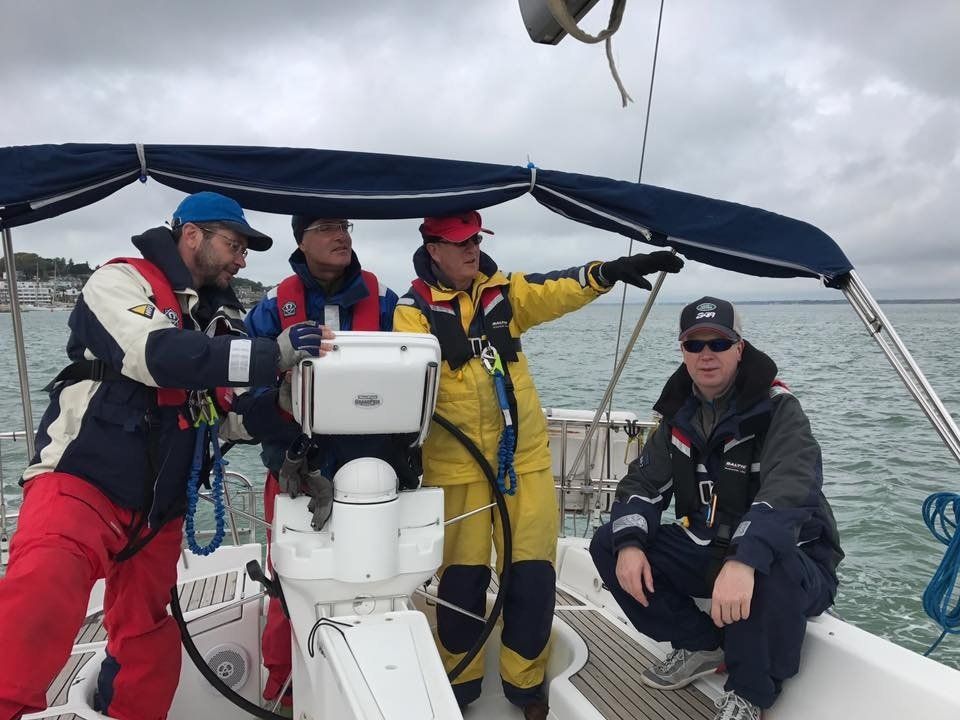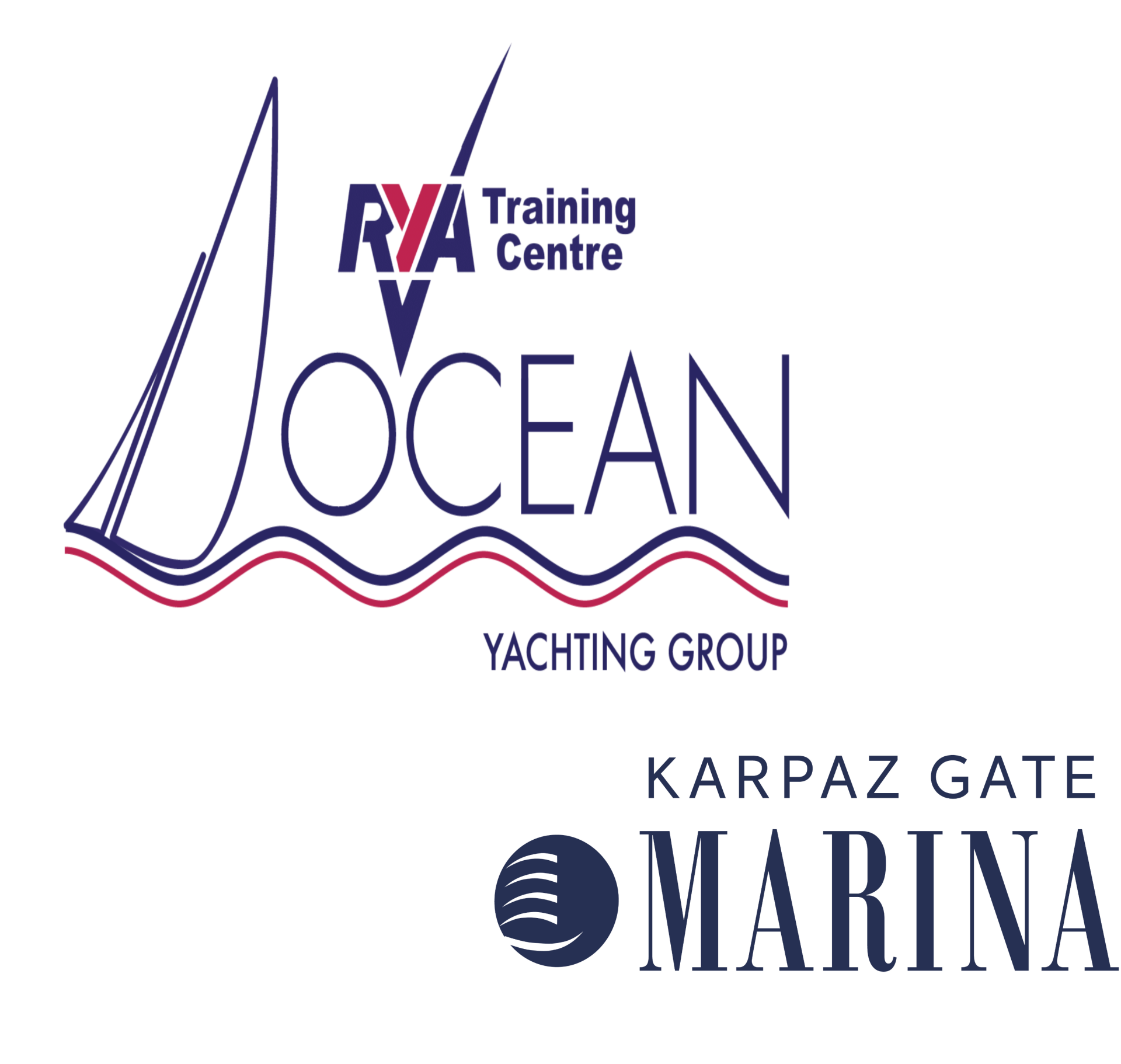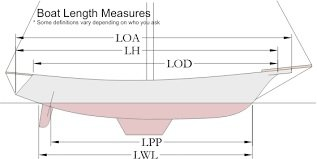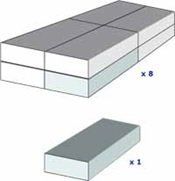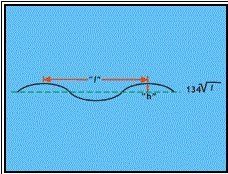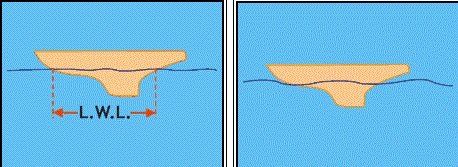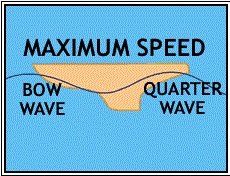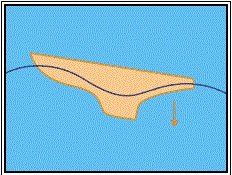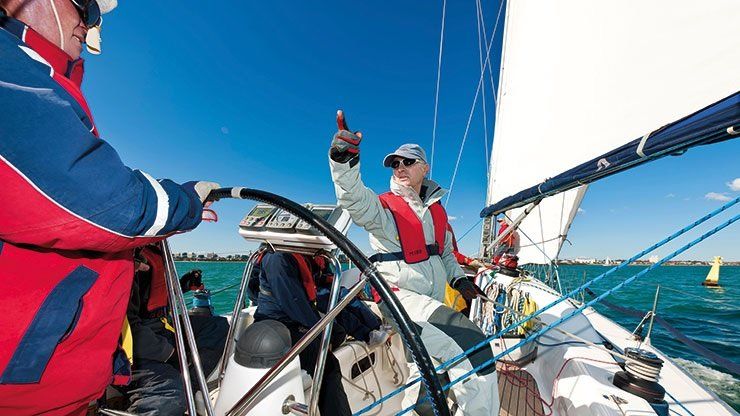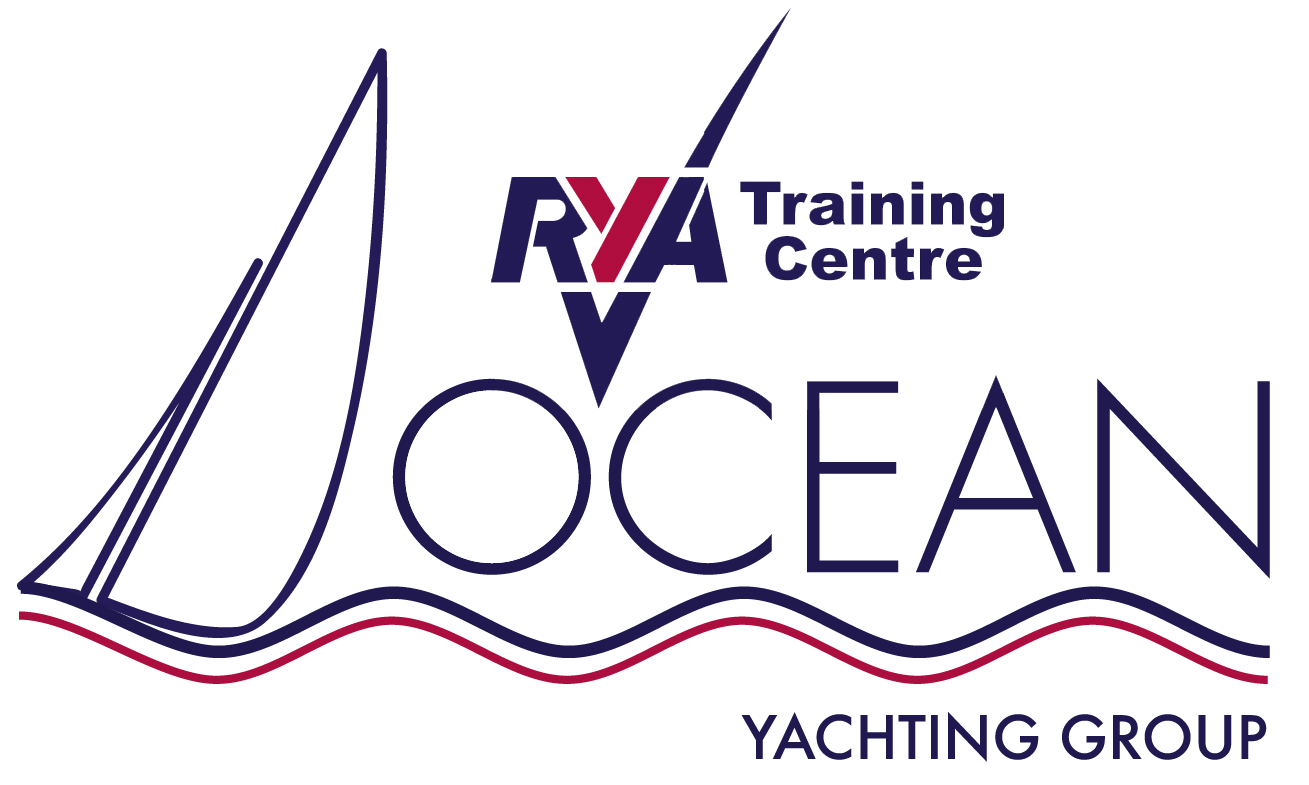Boat Max Theoretical Speed Myth
True Or False
So generally, the larger the boat, the faster it can go. For a displacement boat, a heavy deep-keel boat, the maximum speed a given hull size can attain from wind power is called "hull speed" and is largely dependent on the waterline length of the boat. Hull speed is expressed as 1.34 X the square root of LWL, or length of waterline. If a cruising sailboat has a waterline length of 36 feet, she should be able to sail 1.34 x 6, or approximately eight knots.
The idea behind this is that a boat cannot travel faster than the wave she creates and the speed of that wave is 1.34 X the square root of l, "l" being the distance between the crests. The length, "l", of a wave increases proportionally as the height "h" of the wave increases.
The larger the waterline, the faster a boat can theoretically travel.
So the higher the wave, the greater the distance between crests and the faster it travels. This relates to the sailboat in that as the speed increases, the bow has to push aside a greater the volume of water and the bow wave becomes larger. As the bow wave increases in height, the distance between its crest and that of the wave following it, the quarter wave, increases until it approaches the waterline length of the boat itself. This can be noted as the sailboat in the next Figures picks up speed.
At first there are numerous small "transverse" waves while the boat travels slowly. These spread out as the bow wave increases in height until, in the next Figure, hull speed is attained and there are only two waves along the hull, the bow wave and the quarter wave. To push a boat past its theoretical hull speed, though possible, would take more power in wind and sails than most boats can withstand.
The faster a sailboat goes, the larger the bow wave becomes.
A beautiful example of hull speed can be seen whenever a tugboat is cruising to a job. They have tremendous power and very easily reach hull speed. The classical wave pattern of a bow wave and quarter wave is always present at that speed. For a tugboat to go even marginally faster would take so much more power it would be uneconomical. When a boat does exceed its hull speed, as the one being towed in the next Figure, the stern tends to leave the quarter wave behind and drop into the trough between waves while the bow rides high in the air. Often one sees a number of displacement one-design racing sailboats being towed to a regatta at greater than hull speed with their sterns practically under the water.
Wave shape at maximum, non-planing speed.
Note that we keep reiterating "displacement" in reference to hull speed. The flat bottom centerboarder and many fin-keeled boats really don't have a hull speed. They are technically "planing", boats. A planing.
boat skims along the surface of the water like a skipping stone rather than plowing the water aside. Usually it has a V-shaped hull near the bow and a fairly flat bottom aft. As its speed increases, the bow rides up on the bow wave and finally the boat levels off at planing speed with the bow wave well aft. Most powerboats act this way. At lower speeds the boat plows through the water. Then as the speed increases and the bow wave moves aft, the bow rises up in the air. At a certain speed the unsupported bow, with the bow wave well aft, levels off as the boat breaks into a high speed plane. For a sailboat, its ability to plane or not depends on its length/weight ratio. If it's too heavy for its length it will never be able to plane.
Hold on! Exceeding max hull speed is possible with outside assistance.
There is a way that a displacement boat can exceed its theoretical hull speed, and that is by surfing. Surfing is being pushed by a wave just the way surfers ride a wave on a surfboard. In large wave conditions, when running downwind, a sailboat can get on the front side of a wave and carry it for quite a number of seconds with a tremendous burst of speed. It takes good helmsmanship to be able to get on the wave just right to reap the greatest benefits from it. Though light planing boats tend to surf more easily, displacement boats are perfectly capable of surfing and can far exceed their hull speed in this manner.
